We travel to the Salone del Mobile.Milano to experience Tod’s design installation with architect Andrea Caputo, a celebration of alternative living and shelters across time and space
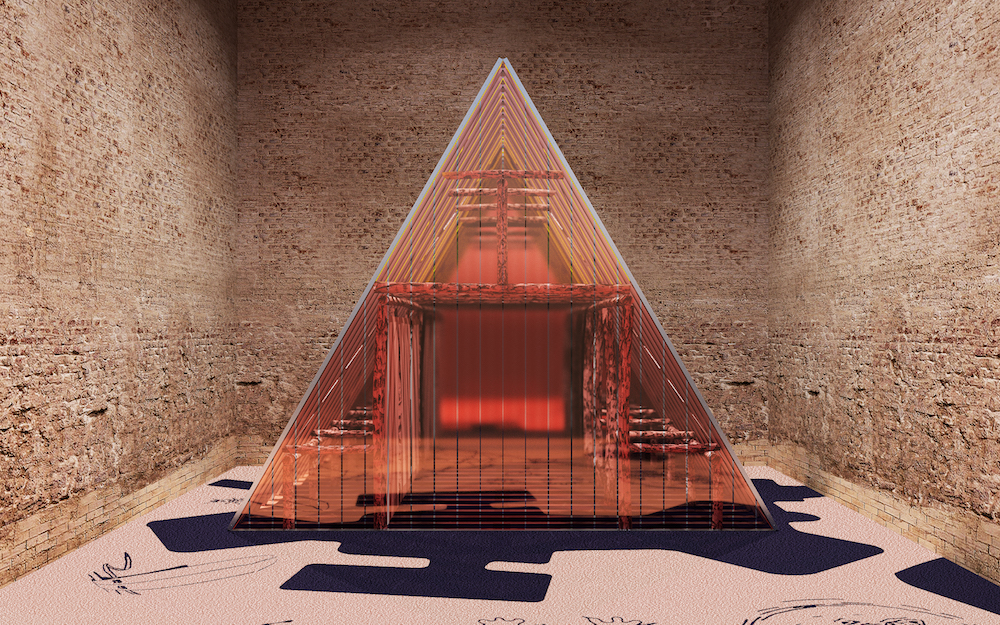
Oh, a storm is threat’ning
My very life today
If I don’t get some shelter
Oh yeah, I’m gonna fade away
The Rolling Stones – Gimme Shelter
What is a fundamental need for mankind, as essential as fire, food and water? For as long as we have existed, we have required some form of shelter from the sublime natural elements of the world – physical and immaterial structures that are vital for life to exist and thrive. With 68% of the world projected to live in urban areas by 2050 – many of which are drastically segregated by wealth, dangerously polluted and dealing with huge population fluxes – how and where we live has never been more important. In order to better understand where we are headed, architect Andrea Caputo has created a stunning installation and design concept for Italian luxury brand Tod’s to show where we have been.
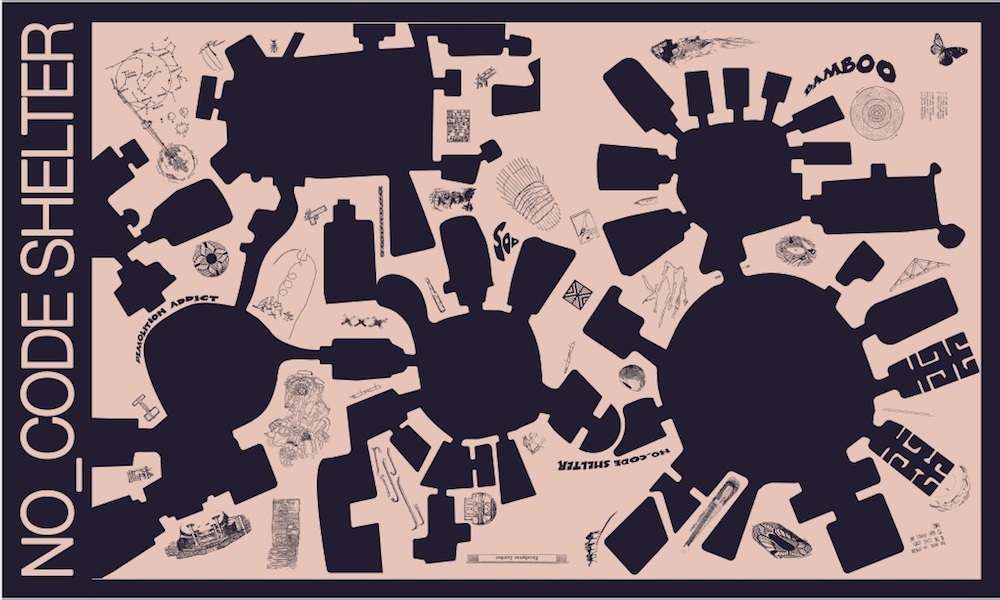
Taking place at Spazio Cavallerizze during this year’s Salone del Mobile in Milan, visitors navigate a 1,000 square metre rug which not only matches the topographic footprint of an African village, but doubles as a map between the towering structures on show. For Caputo, the partnership matched perfectly because “the research we wanted to explore was fully aligned with Tod’s No_Code concept, which seeks to understand the beginnings of typologies and design languages.” Charting the varied archetypes of shelters since the dawn of civilisation – from Musgum mud huts to nomadic Bedouin camps – Andrea Caputo Studio have reimagined these traditional architectures in disarmingly modern materials. A yurt has a tempered glass floor, exposing the simplicity of the build, while a giant structure from Casamance is composed of rosewood, zebrano wood and metal tubes, all of which work together to ingeniously collect water.
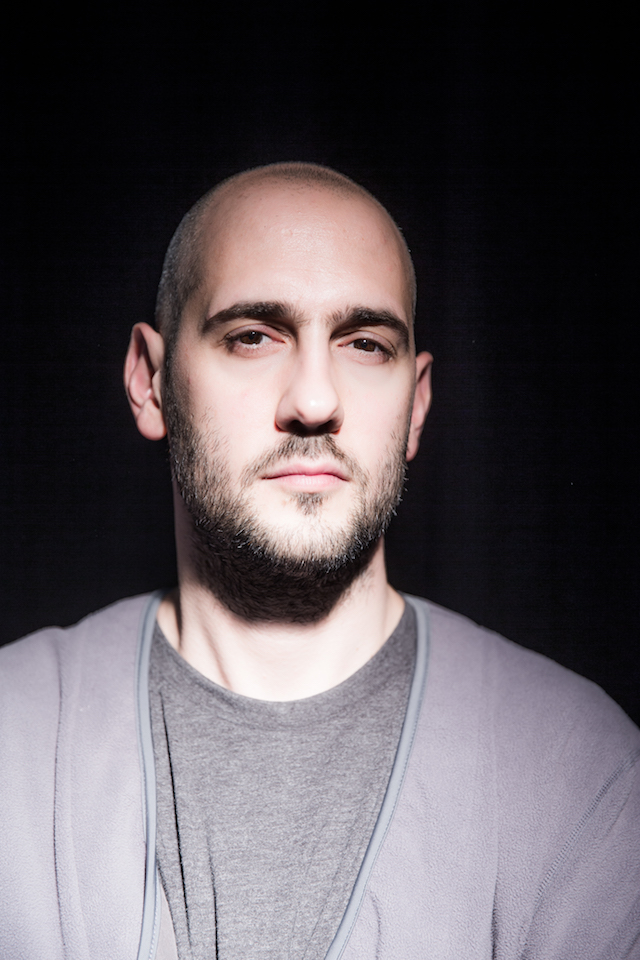
“We kept the typology, scale and morphology of the structures, but shifted the technologies and materials in order to create a tension,” explains Caputo, “and despite it being a hybrid we wanted to keep it manual. It was important for us to be faithful and build it by hand – no 3D printing. In many ways it’s also a didactic installation, we include the history and technical facts behind the structure and share our way of reading them, such as technical notes on how to layer, wrap, weave and assemble.” These contrasts are further complimented by films embedded inside, each visual story from a rich range of contemporary speakers who are rethinking our habits and how we live, including Italian design duo Formafantasma, Japanese art director and racing driver Mai Ikuzawa and design titan Marcello Gandini.
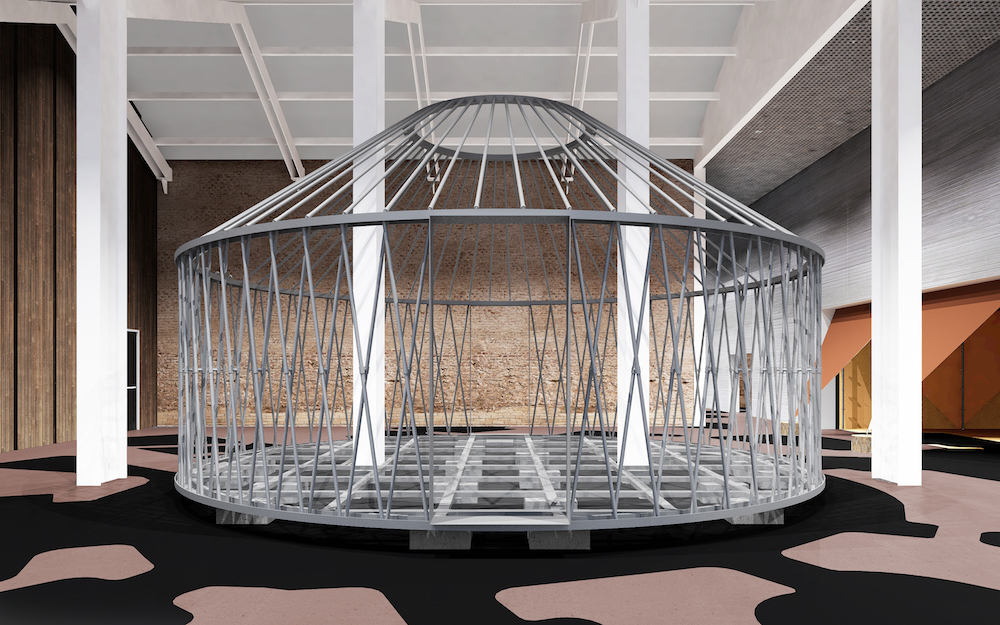
Celebrating the spontaneity, informality and increasingly lost art of craft and DIY – an act that is socio-politically opposed to confined real-estate developments and cramped urban planning – the team have mined decades-long research to inform the exhibition. The collective wisdom from luminaries such as Lloyd Kahn, Stewart Brand and D.C. Beard are showcased, all of whom have not only contributed to the academic field of shelters, but cultivated a global community of separatists seeking different ways to live. Leafing through the iconic counterculture Whole Earth Catalog published by Brand, Caputo reflects that, “I bumped into this 20 years ago and it influenced me deeply. DIY culture is incredible. You had guys living in caravans on Big Sur regularly putting out print books and magazines, sharing their learning and providing tools to people refusing to live in the conditions we’re told to.” Asked whether there’s any chance this radical DIY culture could stage a comeback, Caputo notes that, “Today, there’s a stronger urge to be off-grid, not belonging to mainstream plans and conditions which are given to us. But in Western, urbanised countries, it’s nearly impossible to foster this way of life. The grey zones are more and more difficult to find and in many places it’s simply illegal to build some of these structures in the natural landscape. It’s a lifestyle and philosophy rather than strictly an object and a result. There’s also the danger that once you commercialise a project like this, then it ceases to mean anything. My goal is for people to appreciate this ecologically sound, self-sustaining attitude.”
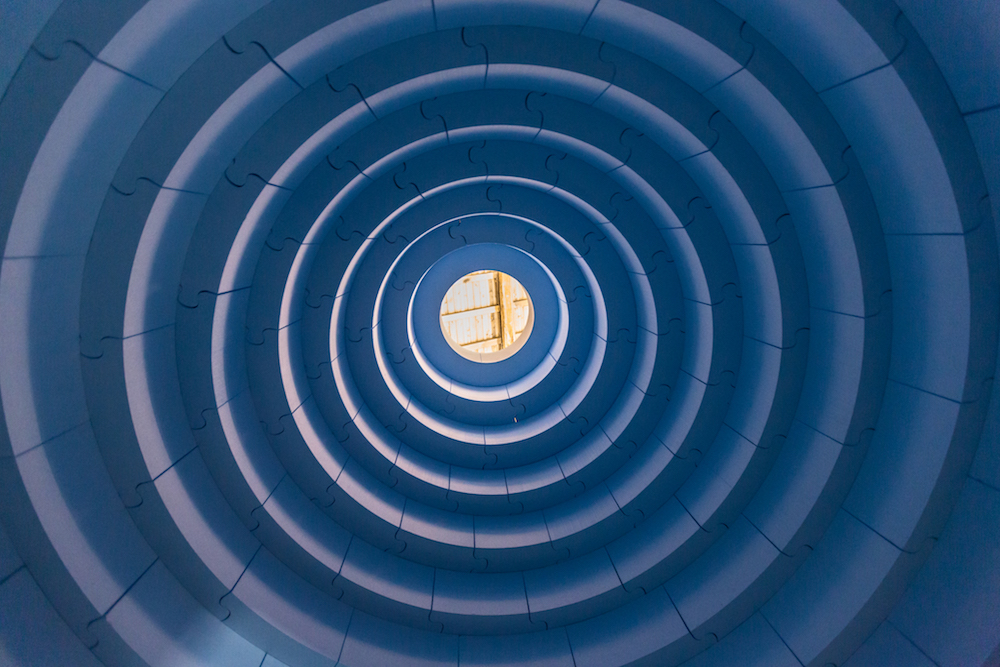
Tod’s No_Code concept “examines the changes happening in contemporary society resulting from the rapid progression we are seeing in existing codes: the way we work, our interpersonal relationships and our ever evolving clothing and style needs.” The joint installation, which celebrates and questions our relationship to craftsmanship and the places we call home – set within the context of a world on the brink of irreversible climate change – show that the brand is serious about addressing these transformations in visual codes and where, exactly, we find shelter from the coming storm.
As part of Tod’s No_Code project, Korean designer Yong Bae Seok recently released the No_Code Shoeker, uniting the classic shoe and sport sneaker